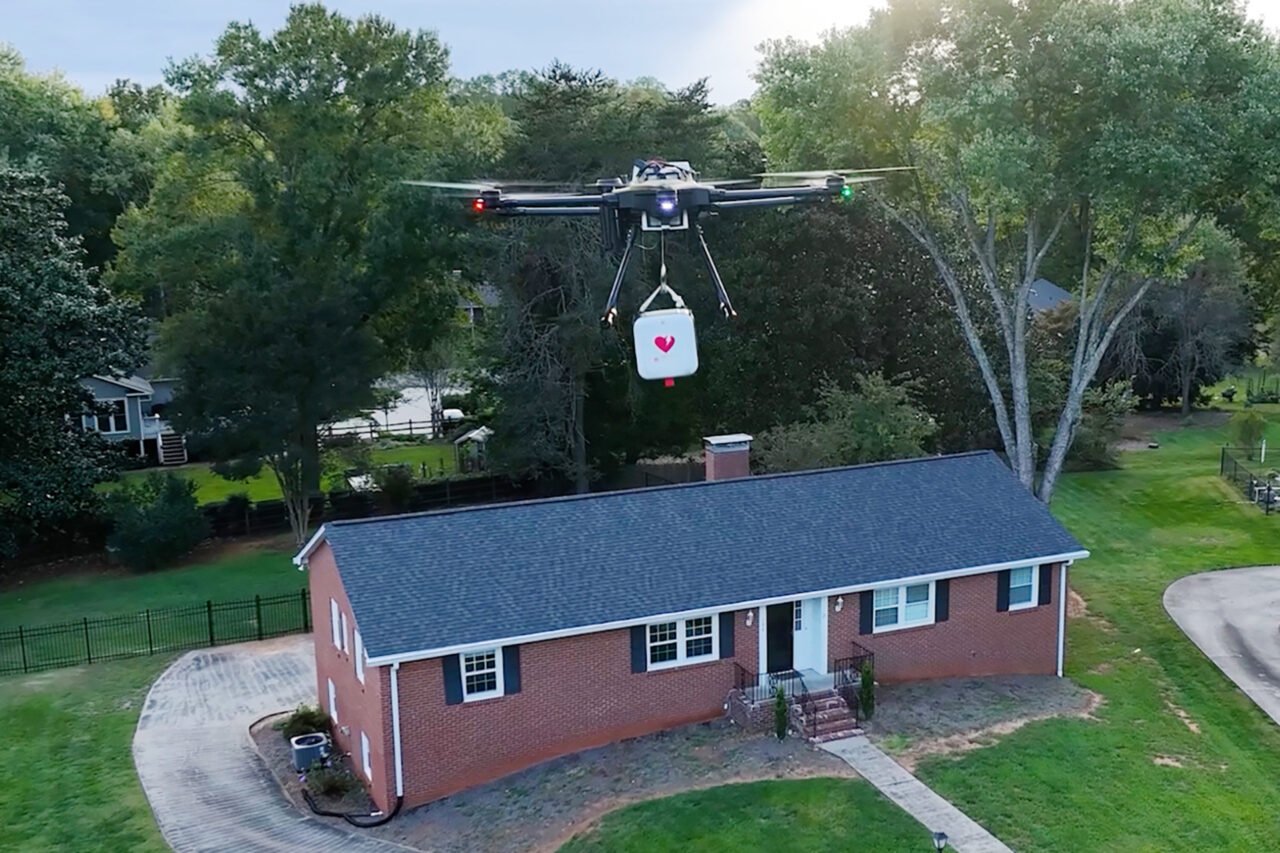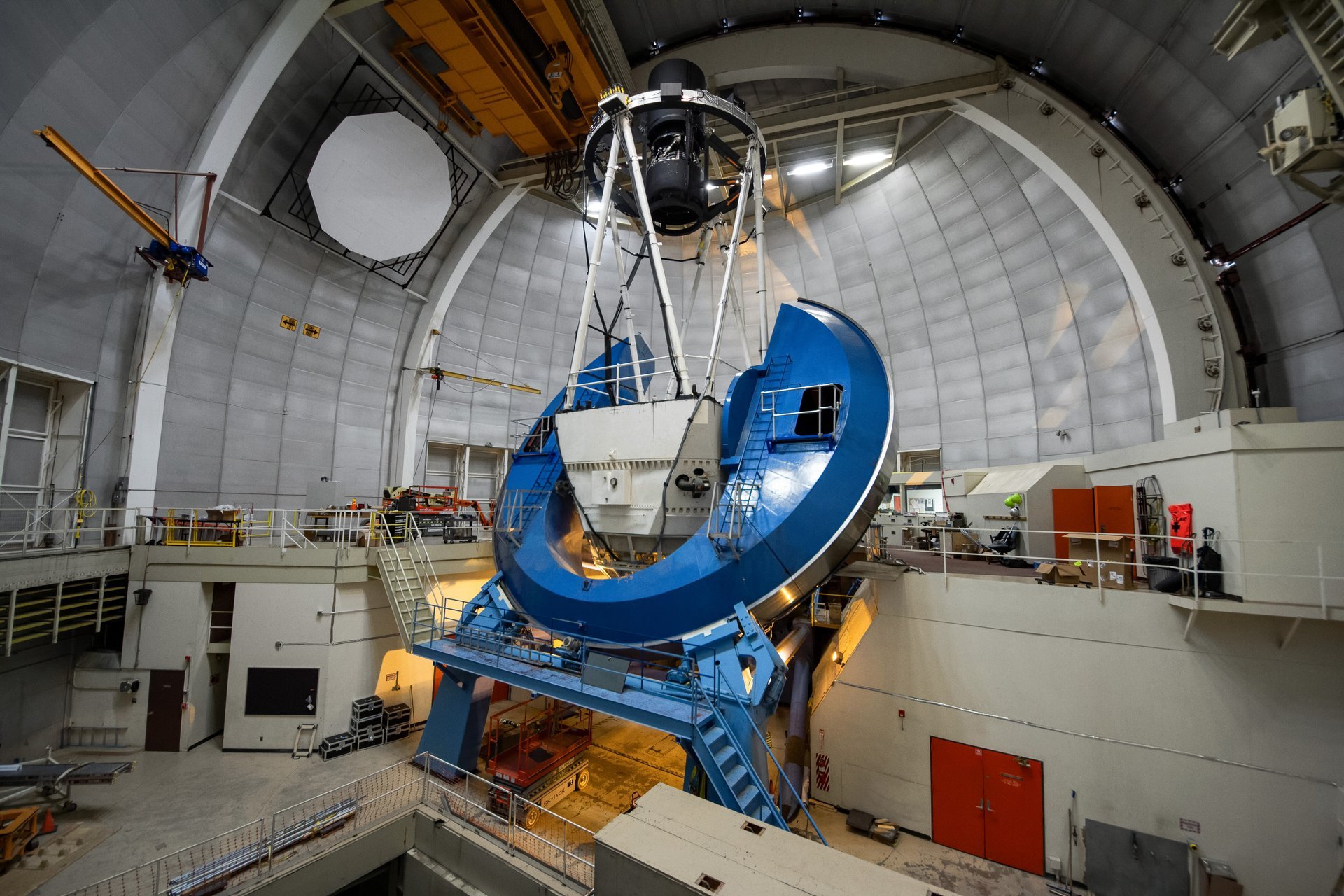In a groundbreaking initiative, Clemmons, North Carolina, has become the first town in the United States to deploy drones for delivering automated external defibrillators (AEDs) during actual 911 emergencies. This innovative project, led by Duke Health, aims to reduce the response time for cardiac arrest victims, potentially saving lives in critical situations.
Drones Deliver AEDs in Real-Time Emergencies
When a 911 call is made for a medical emergency, traditional first responders must navigate roadways to reach the scene. This can lead to delays, particularly in rural areas. With the introduction of drones, AEDs can be transported directly to bystanders, drastically cutting down the time it takes for these life-saving devices to arrive. According to Bobby Kimbrough, Forsyth County Sheriff and project partner, the drone is launched as soon as the emergency call is received. “The drone is in flight with the AED attached. Minutes later, the drone appears in the sky,” he explained in a statement from Duke University.
The initiative aims to measure the impact of drone-delivered AEDs on emergency response times. The estimated median time for a drone to arrive at the emergency location is approximately four minutes, which is a significant improvement over the current average response time of 6 to 7 minutes for emergency medical services (EMS). This reduction is particularly critical since cardiac arrest patients require assistance within 10 minutes for optimal survival chances.
Changing the Landscape of Cardiac Arrest Response
Dr. Monique Starks, a cardiologist at Duke Health and the lead on the study, emphasized the importance of timely intervention for cardiac arrest patients. “If a patient can be shocked within two to five minutes, we could see survival rates of 50 to 70%, but we currently see a survival rate of only 10%,” she noted. The low survival rates are largely due to the reliance on first responders to provide immediate assistance.
Statistics indicate that only 1 to 4% of cardiac arrest cases in the United States involve bystanders or community members using an AED, as these emergencies often occur at home. “We want to change that dynamic,” Dr. Starks added. “We want to get that AED to the bystander so that they can rapidly assist a cardiac arrest patient.”
This ongoing study not only seeks to enhance response times but also aims to track the potential increase in the use of AEDs by bystanders. The project highlights that while advancements in technology can introduce challenges, they also offer significant opportunities to enhance emergency response capabilities and save lives.
The deployment of drones in Clemmons represents a significant step forward in emergency medical response, combining innovation with the urgent need for timely medical intervention. As this project unfolds, its findings could pave the way for similar initiatives across the country and beyond, ultimately transforming how communities respond to life-threatening emergencies.







